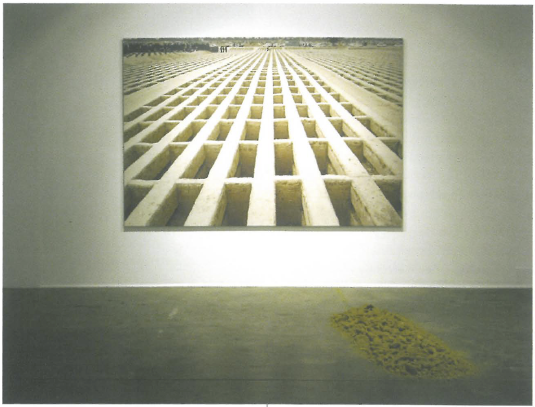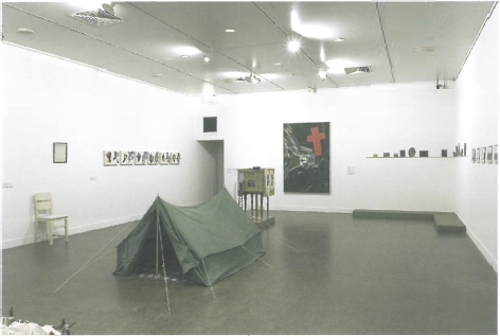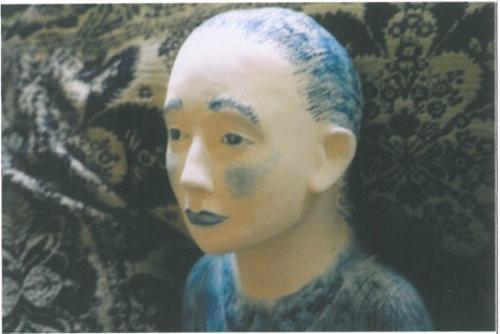
In a recent discussion with friends about the status of the visual arts I mused aloud whether film might be the primary visual art form of the age and that contemporary visual art stood in relation to film as poetry stands in relation to the novel.
I was reminded of this conversation when reviewing Hossein Valamanesh's recent work at Greenaway Art Gallery. Valamanesh, the most poetic of artists, consistently presents deceptively simple visual experiences and leaves interpretation to the viewer.
Re-reading several catalogue essays on Valamanesh's work I was struck by the often overly complex language used to describe his work. This language, I felt, was at odds with the actual work, which, beyond the exquisite craftsmanship, has the rugged earthy beauty of the Persian poetry so loved by the artist.
In the introduction to Unseen Rain: the quatrains of Rumi (John Moyne and Coleman Barks 1986) there is a passage that I think aptly describes the work in this exhibition:
But most (of the poems of Rumi)... put vast space where you thought you were standing. Like grief, they flip normal, rational perspective to sudden mystery and clarity. And like short poems from other lineages, they require a lot of emptiness, room to wander, sky, the inward space of patience and longing. They are small doors that somehow are the region they open into.
Rumi's poems (how one would love to be able to read them in the original!) are full of earthy sentiment and humour. Like these lines from One: fragments...Ecstasies translated by Daniel Liebert 1981):
The madmen have seen
The moon in the window;
They are running to the roof
With ladders
In many ways Valamanesh's art is similarly beyond intellect, or intellectual explanation. They are elemental; each one a small (sometimes not so small) poem. As a body, his work accumulates, just as the poems of a great poet do. For those of us who have followed Valamanesh's work each exhibition is a bit like viewing instalments of an epic poem.
To me this exhibition starts at the piece furthest from the gallery entrance. In You will become earth we see a large digital print of a burial ground in Iran (a vast arena awaiting the not-yet-dead). In front of this 'found' image Valamanesh has placed his own mementos made from local earth. It's a good starting point for the journey that is this exhibition.
In this journey we pass a suitcase containing burning memories; bronze figures cast from words taken from Persian poems; exquisite images made from flower petals and shells; a negative image of a positive photograph where the shadowy figures of the artist and his partner gaze out as if from the other side; arrangements of sticks that might or might not be cast, might or might not be real; and a ladder which, as we climb, becomes more and more like air, until there is nothing. To attempt to reach for the stars is a sad illusion. At the top there is nothing, at least not for us. We start off solid, like rock, but as we climb, we begin to realise the fragility, the transparency, of the struggle. This could be about ageing. It could be about ambition. To me the ladder is the final image, the other extremity of the burial ground, where the eye is led to an infinity as vast and meaningless as the seemingly depthless space of the burial holes.
This is not to say that there are no quibbles. While every piece in this exhibition is faultless, I felt that not everything connected. I wondered what the relationship was between pieces like Swarm (the swirling patterns seemed both natural and impossibly perfect, like some unwritten law of nature) and more robust pieces like Converge. Maybe I am seeking connections where there are none. Treat them as poems Ian. After all, this is not a film.












